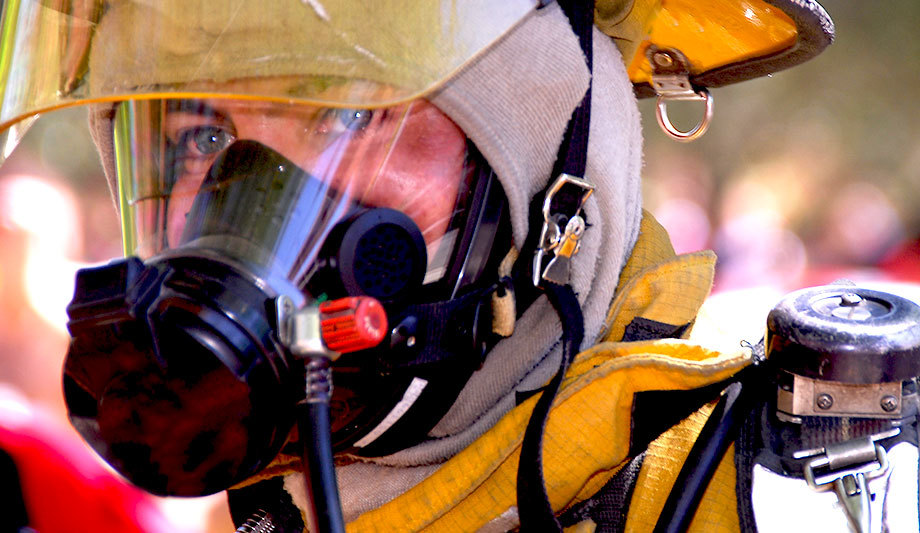
04 Mar Fentanyl Proves To Be A Danger To Firefighters | Editor’s Dispatch | Fire news
Five Wilmington, Del., firefighters and two police officers were hospitalized last September when they inhaled the opioid fentanyl while responding to a drug overdose call.
A family member had turned on a fan, which blew white powder onto the firefighters and police officers. Last August at a prison in Chillicothe, Ohio, there were 28 people – guards, nurses and one inmate at the correctional facility near Cincinnati – who were treated for exposure to a mixture of heroin and fentanyl.
Creating New Barriers
Fentanyl is a synthetic opioid first manufactured in the early 1960s, and small dosages are used by health care professionals to manage pain. The danger to firefighters and other first responders comes from use of fentanyl as a street drug to cut heroin or cocaine. The drug is creating new barriers to make first responder’s jobs more difficult and dangerous.
Fentanyl first emerged as a public health emergency in British Columbia, Canada, in spring 2016
Fentanyl first emerged as a public health emergency in British Columbia, Canada, in spring 2016, and it has since spread throughout the United States. Availability of fentanyl smuggled into the United States from China and other countries makes it easy for dealers to create fentanyl-laced street drugs.
Addressing The Growing Concerns
Because of its extreme potency, even a very small amount of fentanyl (approximately 2 milligrams) can be fatal. Fentanyl is 100 times more potent than morphine, and chemically-similar analog drugs are even a bigger danger. The fentanyl analog carfentanil is reported to be 10,000 times more potent than morphine; inhalation of airborne particles can be fatal.
Fentanyl and its analogs are not easily identified by sight, so firefighters require technologies such as ion mobility spectrometers, and infrared and Raman spectroscopy to analyze their presence. The White House and the Office of National Drug Control Policy has released a training video for first responders, designed to address growing concerns.
 |
|
Fentanyl is 100 times more potent than morphine, and chemically-similar analog drugs are even a bigger danger |
Importance Of Personal Protective Equipment (PPE)
Respirator masks, glasses and gloves provide a degree of protection. Gloves will shield the skin from exposure, and respirator masks prevent the inhalation of airborne powder. Wearing eye protection can prevent exposure through the mucus membrane of the eyes.
Here are some strategies to protect first responders during an opioid-related response, highlighted in a panel discussion at the 2017 EMS World Expo:
- Assess the scene for exposure risks and to guide decisions about use of PPE (personal protective equipment).
- Use respiratory PPE for protection against airborne fentanyl.
- Use nitrile, single-use examination gloves and safety glasses.
- Employ simulation training to be proficient in opioid patient assessment and care.
- Wash fentanyl-contaminated skin with soap and water; don’t use alcohol-based sanitizers which can increase the rate of transdermal transfer.
Highly Potent Substances
The deadly presence of the substances becomes a hidden danger that requires appropriate training and equipment
The possible presence of fentanyl and related substances at a response scene has created new safety concerns for first responders, especially at overdose scenes. However, responders may also encounter the highly potent substances on what otherwise might appear to be a routine call.
In this scenario, the deadly presence of the substances becomes a hidden danger that requires appropriate training and equipment, and adherence to accepted procedures. Understanding the risks and following protocols are critical to managing the possibility of exposure.
[ad_2]
Source link



No Comments